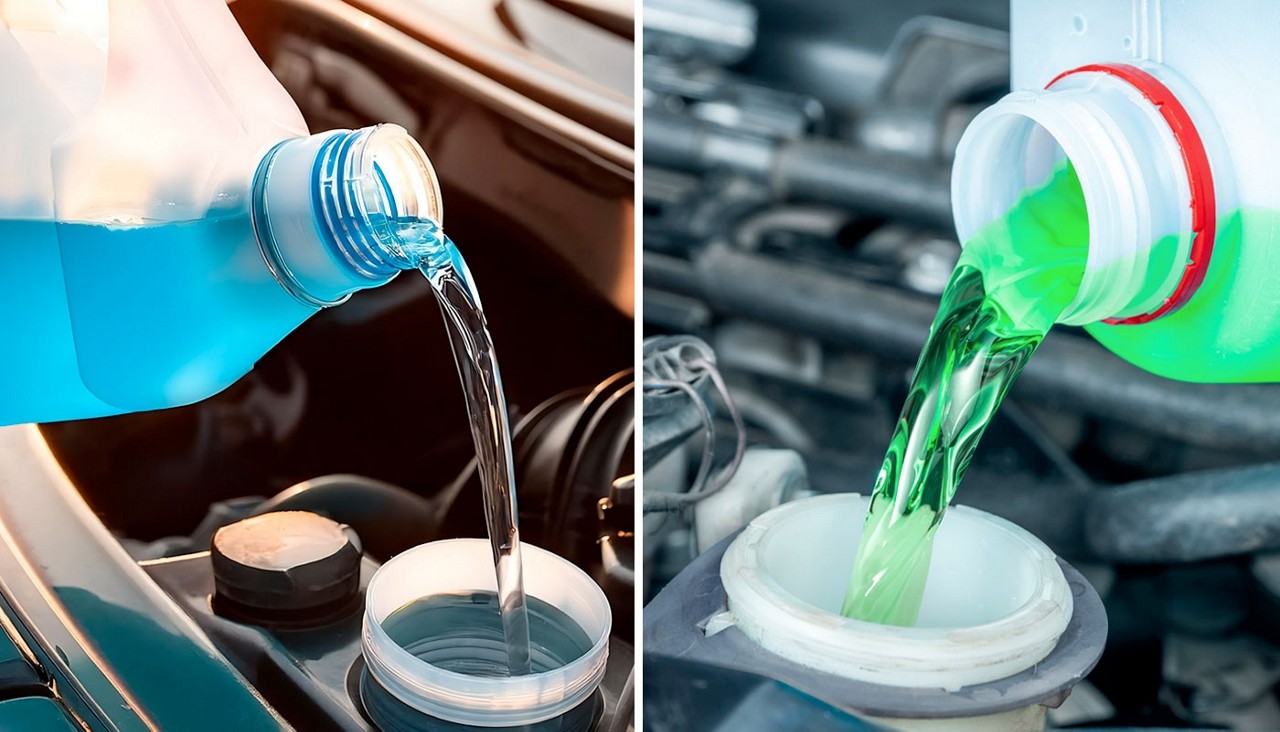To ensure you receive the best service possible,
please enter your zip code below:

Your vehicle’s coolant system ensures your engine starts up and keeps running despite high environmental and operating temperatures. It also ensures that your vehicle can turn on in extremely low temperatures. To keep this pivotal system in optimal condition, checking and changing your car fluids appropriately is important.
When it comes to the fluids used in your cooling system, coolant and antifreeze are often used interchangeably, but they are not quite the same. Being able to discern the difference is important, especially if you are a DIY kind of person. Adding one to your engine will allow it to stay cool while operating in warm weather and keep it from freezing in cold weather, while the other is only a piece of the chemical formulation. Can you guess which is which?

When it is time for you to change your coolant, your vehicle will start to show signs. Some may be more obvious than others, so knowing the symptoms and being vigilant is important. Some common signs include:
If you notice any of these symptoms, it may be time to change your vehicle’s coolant.
Identifying those puddles that show up under your car can be tricky. Is it a serious issue or something that can wait? Find out more about automotive leaks.
Read more
Now that there is a basic understanding of coolant and antifreeze and a good sense of the symptoms that could indicate an immediate need for a coolant change, the next thing to consider when maintaining your vehicle’s cooling system is whether to use conventional coolant or long-life coolants.

The lifespan and performance of your coolant largely depend on the additives it contains. Here is a breakdown of the primary technologies behind these additives and how they impact your vehicle.
You know the signs, you can tell the difference between coolant and antifreeze, and you have a small overview on the technologies present in the various fuel systems that are out there.
But remember, just because something sounds like it could be good for your vehicle does not mean that it is. Be sure to consult your owner’s manual before performing any maintenance yourself. When in doubt, be sure to reach out to your local auto parts store, a trusted mechanic or AAA-owned Car Care Center or AAA Approved Auto Repair shop to make sure you are pointed in the right direction.
Be safe!
Get trusted help from any AAA-owned Car Care Center or AAA Approved Auto Repair shop. Our professionals are here to help you save time, money and stress.